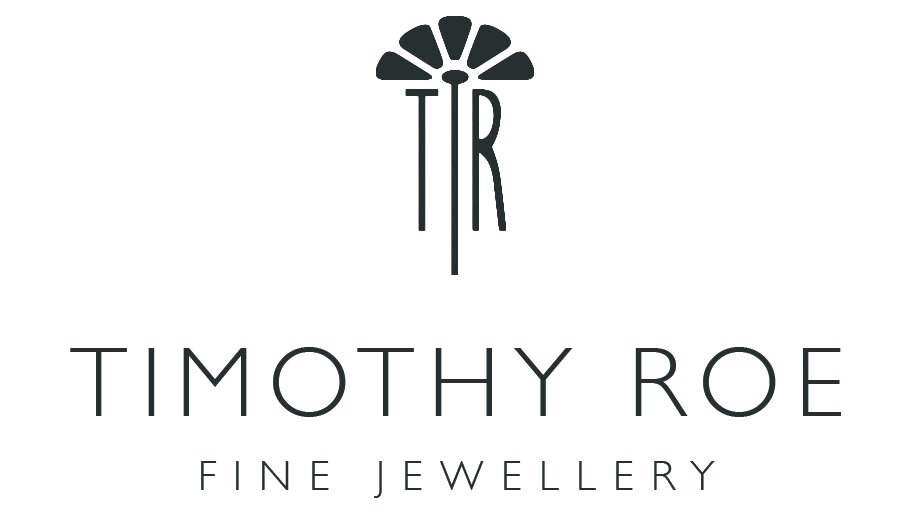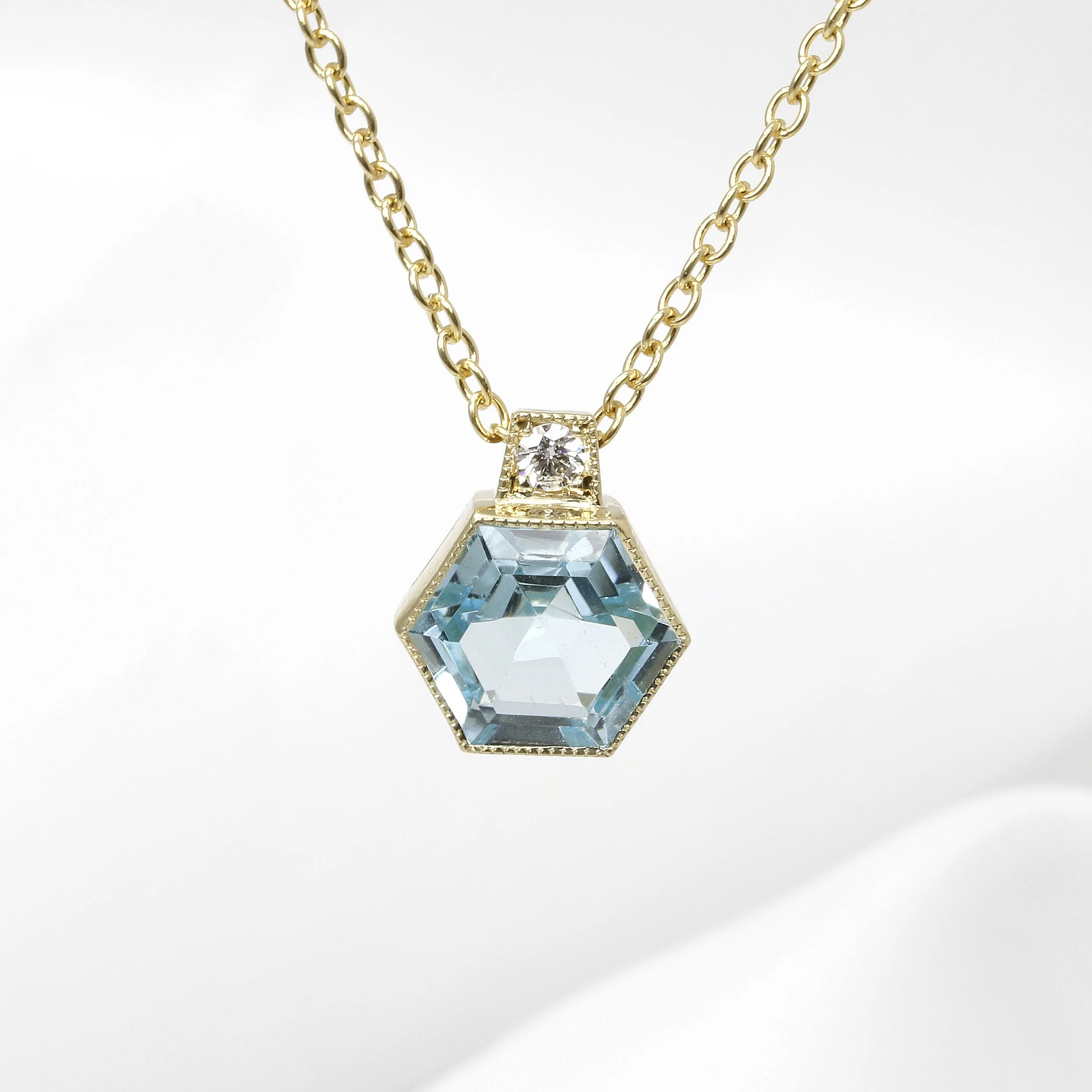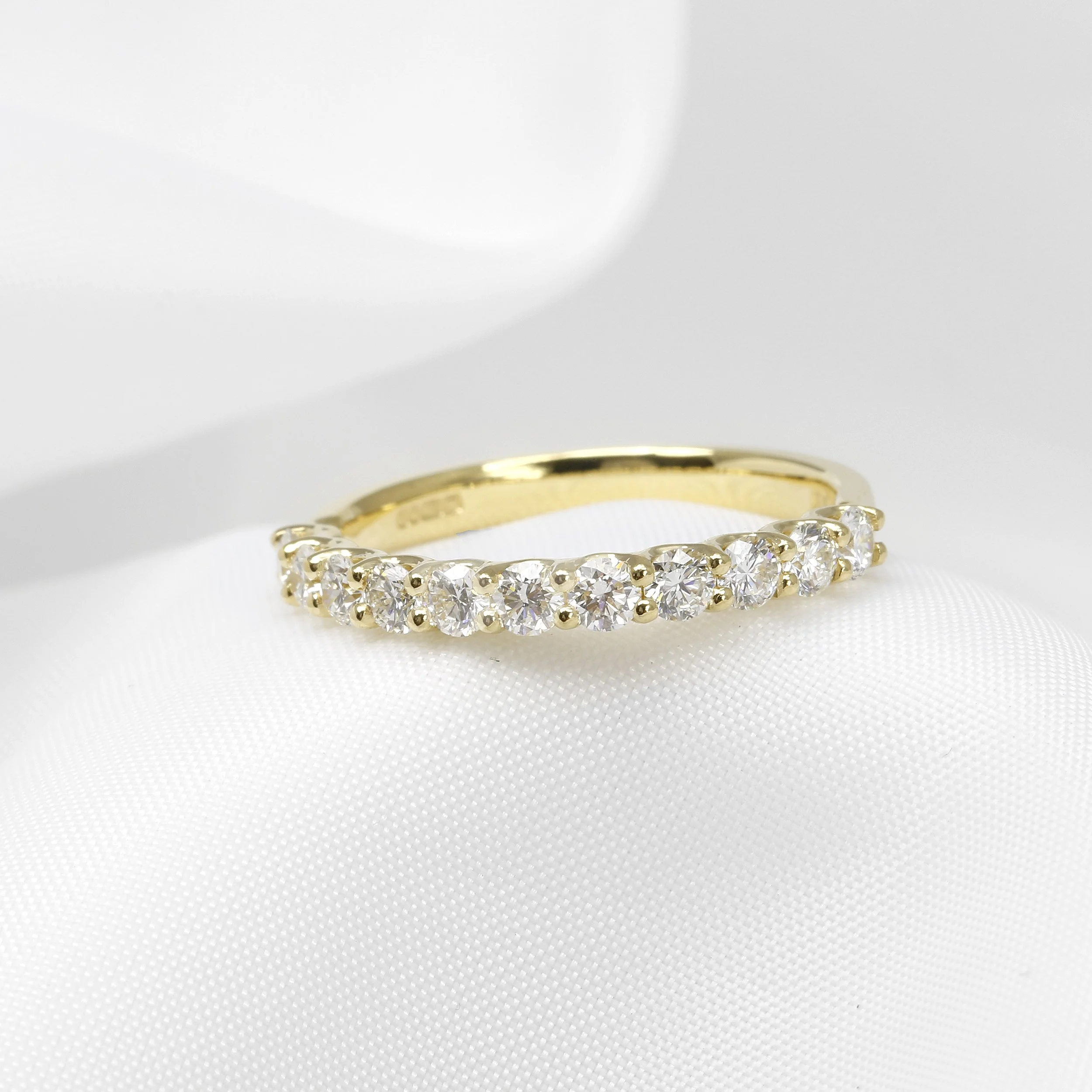An Expert Guide on Ring Resizing - Can Any Ring Be Resized?
Can Any Ring Be Resized?
The simplest answer is: no. Not every ring can be resized. When it comes to resizing, it’s not as straightforward as most people imagine. It isn’t just a matter of cutting the band, adding or removing metal, and then soldering it back together with a quick buff and polish to finish.
Stretch up or compress? Sometimes, yes — but it’s rarely that simple. Sorry!
Ring resizing is one of the most common alteration requests we receive. If you purchase a new ring from Timothy Roe, we offer a complimentary resizing within three months of purchase to ensure it fits perfectly.
We also remove rings that customers can no longer get over their knuckles — and we do a far neater, more careful job than hospital emergency departments or the fire brigade. In fact, the majority of resizing work we carry out involves sizing up. As we age, our knuckles often become larger, and many people experience arthritis or swelling. Medications, hormonal changes, water retention, and life events like pregnancy can all affect finger size. In some cases, trauma or injury to the hands can result in permanent changes due to tissue or bone regeneration.
Before we make any ring smaller or larger, there are several important factors to consider. That’s why we always consult with our goldsmiths and show them the ring before committing to any resizing work. These considerations are also why pricing can vary.
Our goldsmiths assess each ring individually, drawing on their years of expertise to determine the best approach. Their aim is always to maintain the ring’s beauty and structural integrity, and to avoid any future issues. They'll inspect the setting, check for vulnerabilities, and evaluate how resizing might impact the overall strength and design.
In short: it’s never a one-size-fits-all solution.
Which Rings Cannot Be Resized?
The Definite No List For Ring Resizing
Full eternity bands
Tension set gemstone rings
Titanium bands
Tungsten rings
Gemstone carved rings
Wood or other non-precious metals
For all the other rings it is a case-by-case approach so let’s break down some of these factors to help you understand what our goldsmiths are considering when they are looking at your ring for resizing:
The Important Factors for Resizing a Ring:
-Materials and Metals
-Gemstones
-Size needed
-Style and Age
-Existing Trauma or Previous Modifications
-Hallmarking and Engraving
Materials and Metals
In theory, any ring made from a precious metal can be resized — but theory doesn’t always translate into reality. Whether a ring can be altered depends on several factors: the type of metal, its structure, how it was formed, and the specific alloys used in its casting.
Metals like stainless steel, titanium, and tungsten are extremely difficult — often impossible — to resize due to their hardness. If one of these rings becomes stuck and won’t pass over the knuckle, heavy-duty tools are usually required to crack it off. In such cases, the only option is typically to purchase a new ring in the correct size. If you suffer an accident while wearing one of these rings, it’s crucial to remove it quickly before your finger swells — otherwise, it could become a serious medical issue.
Some materials simply can’t withstand the heat or force involved in resizing. The process can compromise the structural integrity of the ring, especially if it's been annealed multiple times. What carat is your gold ring? Lower carat golds, if overworked, can become brittle — something our goldsmiths will carefully evaluate before proceeding.
Non-metal materials such as wood, quartz, or ceramic also can’t be reshaped or resized due to their inherent properties. Likewise, rings made from bi- or tri-colour metals can pose challenges. Different metals — for example, rose gold and platinum — have vastly different melting points. Selecting a suitable solder is key, but it can result in visible joins or even damage to the softer metal if the temperature isn't controlled precisely.
Rose gold, in particular, can be difficult — not so much to resize, but to colour-match. Because rose gold comes in many hues depending on its alloy mix and carat, matching the solder to the ring can be tricky. The join may be slightly visible, especially under certain lighting.
In complex cases, the goldsmith may need to spend some time assessing the ring, determining the safest and most effective way to proceed — or whether resizing is even advisable at all.
Gemstones
What If My Ring Has Gemstones?
If your ring is set with gemstones, this adds another layer of complexity to resizing — and one we take very seriously. Our expert stone setters will assess how the stones are set and their positioning before any work is carried out.
Pavé and invisible-set stones are particularly tricky. The placement of the stones must be carefully evaluated to determine whether they can remain in place or need to be unset, removed, and then reset after resizing. This process carries risk and adds to the complexity and cost.
Some modern wedding bands feature a central inlay of opal, softer gemstones, or even a channel of sapphires or diamonds that runs through the entire band. Unfortunately, rings of this style — much like eternity bands — typically cannot be resized. Removing all the stones without damaging them, altering the band, and securely resetting the stones would be prohibitively time-consuming and costly, with no guarantee of success. In these cases, as with titanium and tungsten rings, the most practical and cost-effective solution is to have a new ring made in the correct size.
For rings with shoulder-set gemstones, our stone setters and goldsmiths will closely inspect the shank (the lower part of the band) to determine whether resizing might affect the stones’ stability. Even a slight change in the band’s shape can place tension on the settings and compromise the security of the stones.
Tension-set rings, in particular, present unique challenges. These designs use precision laser measurements to cut tiny grooves into the metal, holding the gemstone in place through equal pressure on both sides of the band. Because the stone is suspended between the ends of the ring, any resizing — whether increasing or reducing the size — can upset this balance. Even the slightest alteration can loosen the stone or cause it to fall out, which is why tension-set rings are never resized.
Size
How Much Can a Ring Be Resized?
How many sizes up or down the ring needs to go is a key factor in determining the approach. If the ring is a wide, plain band, it may be possible to stretch or compress the metal to achieve the desired size without needing to cut or add any material. In these cases, with a final polish, the resizing can often be completed more quickly than with traditional methods.
However, stretching and compressing are not suitable for stone-set rings. In these cases, the ability to resize depends largely on the head (the part where the stones are set) and the way the stones have been mounted. Adjusting a ring by just one or two sizes may be manageable, but going up or down several sizes can cause excessive movement in the head, gallery, or collet. This could compromise the structural integrity of the ring or loosen the settings — particularly with flush-set stones along the sides, which are more prone to falling out if the band shape changes.
A dramatic size change may also distort the shape of the ring, creating an oval rather than a true round band. This affects not only the ring’s appearance and comfort but also the security of the stones. In such cases, it may be better to remove the head and reset it onto a new shank of the correct size — or in some instances, remaking the entire ring is the best option.
For rings that are too large but cannot be resized down due to larger knuckle sizes, there are alternative solutions. These include adding beads, ball studs, ring guards, or spring inserts to provide extra grip and resistance on the finger. Our goldsmiths will assess whether these options are viable, based on the width and strength of the shank.
How is a Ring Resizing Priced? By Ring Size or Flat-Rate Fee?
Yes — the cost of resizing a ring depends on how many sizes it needs to be adjusted and the method required.
If the ring needs to be made larger, more gold or platinum may be needed, which can increase the cost. However, making a ring smaller doesn’t always mean it will be cheaper. Intricate designs, stone settings, or labour-intensive adjustments may require significant time and skill — and in some cases, remaking the ring might be more practical, though it could also be more expensive.
Shape
Rings come in a wide variety of shapes and widths, and each one is slightly different in design and structure. Gemstones are typically set using techniques such as rubover (bezel), flush, grain, or claw settings held within collets — the small basket-like settings that secure the stones. The way the shank (the band of the ring) meets these settings must be carefully examined during any resizing assessment.
Is the shank tapered towards the top? Is it wider at the base or sides? Does it feature a knife edge, is it hollow, or is it graduated in shape? Does the ring have a high or low profile? For low-profile designs, does the shank lead directly into the rubover setting without much distinction?
Then there's the consideration of the head, mount, and gallery (also known as the bridge or finger bezel). If we need to add or remove metal, will this compromise the overall shape? Can we seamlessly blend a join into the existing design? Will resizing the ring make it look unbalanced or disproportionate? Will changing the shape affect how the ring sits on the finger or disrupt the alignment of the top elements?
In short, the shape and structure of a ring play a crucial role in determining the best approach for resizing. It’s often a deciding factor in whether a straightforward size adjustment is possible — or if a more complex, bespoke solution is needed.
Style and Age
When it comes to the style and age of a ring, it's often best to avoid altering a beautiful piece too much, as doing so may compromise its value. Rings with complex designs—such as intricate patterns, filigree lacework, or carefully arranged gemstones—can be particularly challenging to resize without affecting their overall appearance or structural integrity. Sculpted or engraved details on the shoulders or gallery are especially vulnerable to polishing and filing, and attempting to preserve or recreate them can be costly, time-consuming, and sometimes unsuccessful.
Additionally, older rings often feature unique alloy mixes, especially in white gold, which can make the metal more brittle and prone to cracking during work. Some vintage rings may also be worn thin in places, increasing the risk of damage during resizing. In such cases, remaking the ring may be a safer and more reliable option. Ultimately, the more detailed the design, the more considerations a goldsmith must take into account when planning any adjustments.
Existing Trauma or Previous Modifications
If a ring has already been resized or modified, it’s essential that our goldsmiths are made aware. While rings can, in theory, be resized multiple times, each instance of annealing, moulding, and reworking can gradually weaken the structure of the piece. This can make the ring more susceptible to cracking or snapping—particularly if it has been altered by different jewellers using varying techniques. Certain metals, such as rose gold, are especially prone to cracking, while lower-carat alloys can become increasingly brittle with repeated work.
Knowing the ring’s full history allows us to assess the best approach and protect its structural integrity. Just as a doctor will advise you of the risks associated with a routine surgery, we must do the same with resizing and modifications—especially when working on rings that have undergone multiple changes or were not originally crafted by us.
If the ring wasn’t made at Timothy Roe Fine Jewellery, we cannot know how it was cast, which alloys were used, how it was annealed and finished, or the skill level of the original maker. Was it handcrafted by an experienced artisan, or assembled from pre-cast components in a factory setting? We also don’t know the wear and tear it may have endured—has it been dropped, knocked, or subjected to repeated impact?
We will always do our utmost to provide expert workmanship and transparent guidance, so you can feel confident and reassured when taking home your beautifully resized ring.
Hallmarks and Engraving
With any resize there is always the risk of losing the hallmarks and engraving. Resizing can warp, cut or stretch texts and joining, filing, polishing and buffing after soldering can erase most lighter engravings like machine and laser. Ring resizing does not include redoing lost engraving and hallmarks so if you want to retain these then additional charges and time to have this redone must be factored into the cost and length of time to do the job.
Does Your Ring Need Resizing?
Generally, a ring should go on the finger and over the knuckle easily but have a little resistance when being pulled off. It should turn slightly at the base of the finger but not spin completely freely likewise it should not be so tight that it is squeezing the flesh or leaving heavy impressions.
Ultimately, how tight or loose you like to wear it is a personal preference and this is only a guide. The time of year, time of day, temperature, altitude, and your general health should always be considered when measuring your finger size.
The best way to check if your rings need resizing is to pop into our store and have a chat with us. We can measure you, go through all your options and have our goldsmiths check your rings to see which approach to resizing is best.
Jewellery is meant to be worn and enjoyed so if you have rings that no longer fit bring them in and we can see what we can do. Who knows, you might even want to combine them and create something completely new. We excel at bespoke design and are full of ideas. Come visit and be inspired by our team and see our workshop in action!
We look forward to welcoming you!














